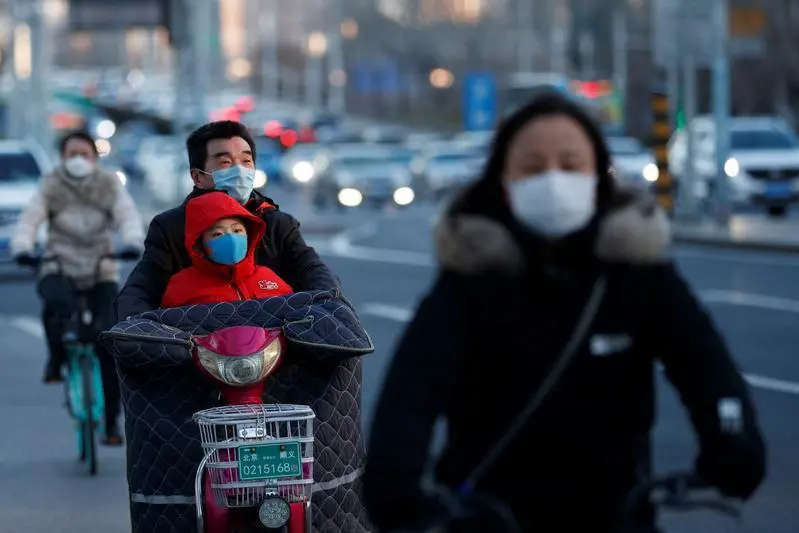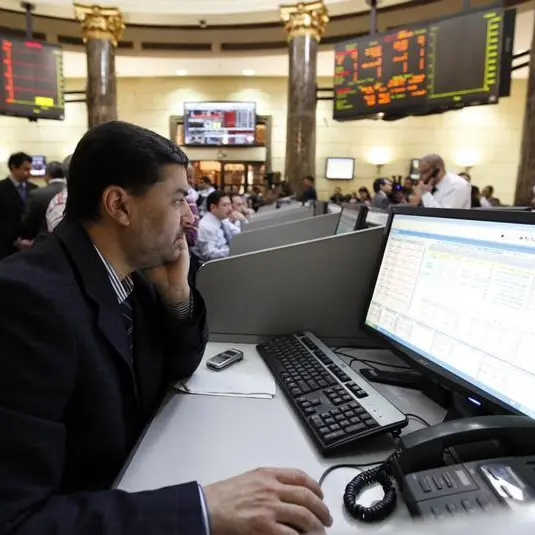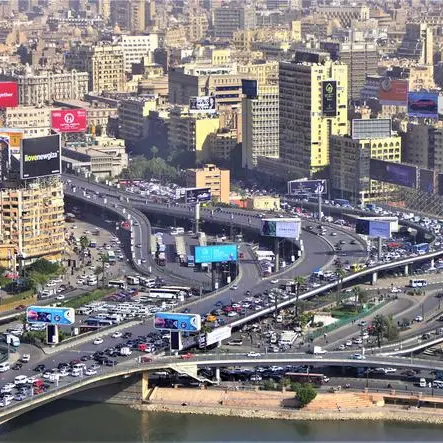PHOTO
HONG KONG - The Covid-19 outbreak could be just what the doctor ordered for China’s financial system. As the epidemic applies the emergency brake to economic activity, state lenders have been ordered to support struggling companies no matter what. With weaker banks already foundering, more rescues will probably be necessary. The crisis creates an opening to consolidate the industry - so long as rescue packages come with thick strings attached.
The private sector was already under stress in 2019 as the economy slowed, and the beginning of 2020 will be even more glum; UBS economists expect GDP to contract 1.5% on a quarter-to-quarter basis in the first three months of the year.
Beijing appears to be sticking to its 6% growth target for 2020 nevertheless, which looks ill-advised. In a recent opinion piece, deputy PBOC governor Chen Yulu said that China had many options to prop up growth, as public debt was only 56% of GDP. That may be technically true, but the state is going to have to backstop a debt pile which is multiples of that figure. The reality is that China cannot simply turn on the credit taps as it did in 2009, nor can it bank on a quick demand recovery as with the 2003 SARS epidemic. At both times the Chinese economy had far better prospects for growth, and a favourable geopolitical position. Neither are still the case.
The stimulus getting loaded into the pipeline has supported stock indexes somewhat, but is bad news for bank balance sheets. Propping up staggering companies, some of which may not survive the downturn, could boost non-performing and under-performing loans to over $1 trillion, per my rough estimate.
Last year saw multiple bailouts of troubled lenders: Baoshang, Bank of Jinzhou, and Hengfeng Bank, which got a $14 billion package in December. More are certainly in the pipeline; for a candidate list look at previous announcements of fines and arrests for covering up bad loans. The next round of rescues will probably start in the viral epicentre Hubei, the 7th largest provincial economy in China, which is notably short of strong lenders. Of the 36 banks listed on mainland exchanges, not one hails from Hubei. But it won’t stop there.
The Chinese leadership does understand the need to shrink its duff loan pile, much of it left over from the last stimulus package which cushioned the impact of the global financial crisis, and instill more discipline. But that process is far from complete, and in the meantime it must keep credit flowing. So the banking watchdog is relaxing some of its tougher rules, in particular postponing the push to force banks to bring all their asset management products on balance sheet, in order to spur lending.
At the same time, however, the China Banking and Insurance Regulatory Commission might consider accelerating consolidation, in particular among undercapitalised rural lenders, via mergers or outright closures. In the United States the number of insured commercial lenders has fallen by 3,128 since 2008, a reduction of nearly 40%. The CBIRC could do worse than imitate that example with the 4,500 financial institutions it oversees, the majority of them tiny local operations, many with double-digit NPL ratios.
A smaller set will be far easier to reform. Chinese regulators know real change is needed: better capital buffers, less sloppy lending to speculators and connected parties, harmonisation of liabilities and maturities in wealth management portfolios, and more support for efficient private companies.
Any restructuring is going to come with costs, which up till now have been pushed off into the future. That’s partly due to grassroots resistance; local officials like having pet local banks to order around. This crisis presents Beijing with an unexpected chance to push them aside, and push through what is needed, now.
CONTEXT NEWS
- Chinese banks extended a record 3.3 trillion yuan ($476 billion) in new yuan loans in January, up from 1.1 trillion yuan in December and exceeding analyst expectations, according to data released by the People's Bank of China on Feb. 20.
- The PBOC cut the benchmark loan prime rate on the same day, lowering the one-year rate by 10 basis points to 4.05% from 4.15%.
- Fraser Howie is an investment banker and co-author of “Red Capitalism, The Fragile Financial Foundations of China’s Extraordinary Rise”.
(Editing by Pete Sweeney and Katrina Hamlin)
© Reuters News 2020











